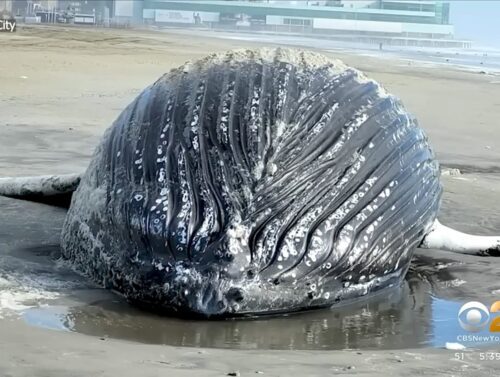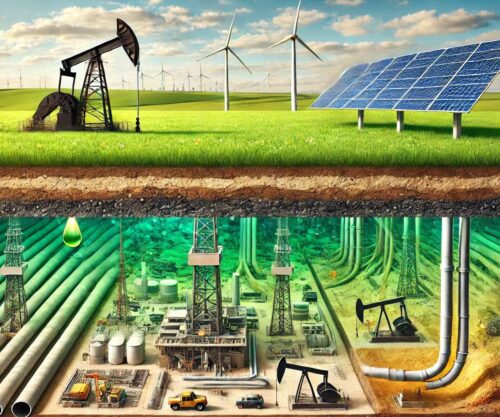
In one of his classic New Jersey ballads, Bruce Springsteen sings of the sun “rising over them refinery towers.” [emphasis, links added]
If New Jersey Gov. Phil Murphy had gotten his way, the Boss would need to update the lyric to rhapsodize about enormous wind turbines looming on the horizon instead.
Murphy’s obsession with wind power is one of the reasons the state’s gubernatorial race is competitive and Republican Jack Ciatarrelli has a chance to upset Murphy’s potential Democratic successor, Mikie Sherrill, in a much-watched off-year election.
Gov. Murphy brought a European-style energy strategy to New Jersey and got European-style results.
Wind has been as much a debacle for the Garden State as it has been for Germany, where Murphy was the ambassador before becoming governor of New Jersey.
Murphy’s idea was to decommission fossil-fuel and nuclear plants and build up wind.
It was a rainbow-and-ponies energy strategy, and sure enough, the decommissioning happened, while the wind did not.
If you constrain the supply of something while demand for it goes up, prices will rise.
New Jerseyans haven’t appreciated this lesson in Econ 101, which has come out of their pocketbooks.
Rates increased by about 20% beginning in June, on top of what were already some of the highest rates in the country. There is yet more of that projected for next year.
When Murphy took office, the prevailing winds of fashionable opinion said that wind power was the future.
So, New Jersey set out to become the wind capital of the United States.
It was going to get 3,500 megawatts from offshore wind. No, 7,000.
Come to think of it, why not 11,000?
The higher the number, the greater the climate virtue.
At first, New Jersey set a goal of getting 100% of its energy from clean sources by 2050, then goosed it up to 2035.
It’s all come a cropper, as the wind has been a no-show.
The pandemic and Trump administration regulatory hostility to wind didn’t help, but the basic problem is that wind is uneconomical, even with the feds and the state showering wind companies with lavish subsidies and credits.
Meanwhile, New Jersey took out coal, natural gas, and nuclear plants without replacing them, and the governor fought pipelines with the resolve of Winston Churchill vowing to resist the Nazis on the beaches and landing grounds.
The governor fought the PennEast natural-gas pipeline project — which would have connected Luzerne County, Pa., to Mercer County, NJ, along a 116-mile route — all the way to the Supreme Court.
The governor lost, yet PennEast gave up in frustration anyway.
Neighboring Pennsylvania, also with a Democratic governor, is a notable contrast.
It actually decommissioned more coal-fired plants than New Jersey, but didn’t suffer shortfalls in capacity because it readily embraced natural gas as an alternative, rather than chasing an energy will-o’-the-wisp.
Murphy’s make-believe plan was that by 2050, New Jersey’s power mix would be 34% wind, 23% solar, 16% nuclear, and 6% biogas, with another 21% from out-of-state wind and solar.
Here, back in reality, after eight years of stupendous clean-energy exertions, New Jersey still gets 90% of its energy from natural gas and nuclear.
Only about 8% comes from renewables, largely solar.
Read rest at NY Post


















